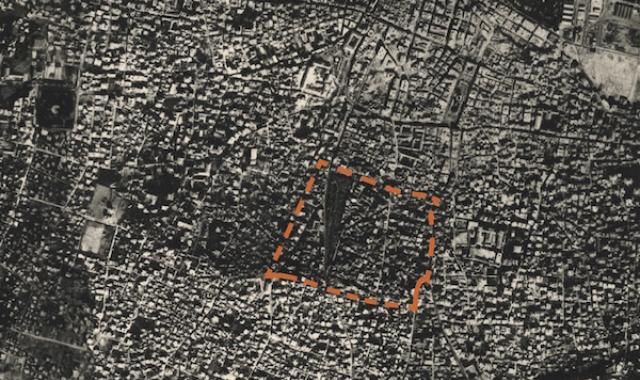
Anyone who wants to see a living representation of the stages through which Beirut has passed, should head to Bachoura. Of all the city’s neighbourhoods, it is the closest to a picture of historical Beirut, and its mixed architectural heritage is a record of the city’s formation. There are old houses owned by wealthy families, and ancient courts with narrow alleys branching off from the main streets. Bachoura is a neighbourhood that throngs with life, its history having allowed for the development of unique social relationships. Children play safely up and down its cramped alleys, and old men sit together out on the pavement, talking and passing the time.
Commerce in Bachoura remains vibrant, as witnessed by numerous small shops and outlets for professional tradesmen, including carpenters’ workshops, antiques shops, car mechanics, small printshops, and stamp factories on the fringes of Bachoura Cemetery. Markets in the neighbourhood include the Carpenters’ Souk, the Metalworkers’ Souk, the Antiques Souk, and the Glass Souk.
However because of its unique location, Bachoura has become the focus of real-estate speculation, the pressure of which is most evident in the radical architectural changes that have taken place over the years. The expansion of companies such as Beirut Digital District is one example of the processes that threaten the neighbourhood’s diverse social and architectural fabric.
Download pamphlet:

